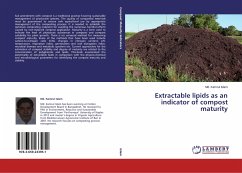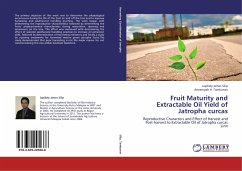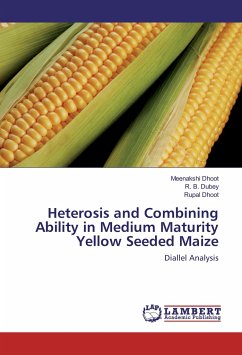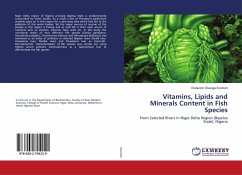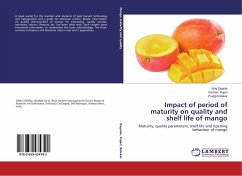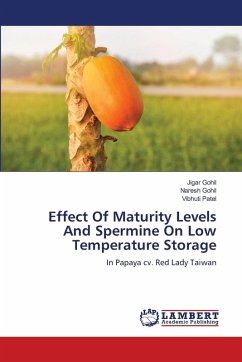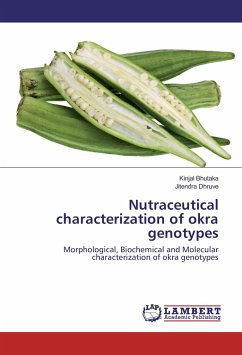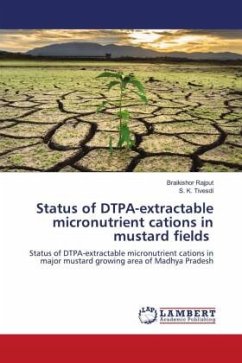Soil amendment with compost is a traditional practice favoring sustainable management of productive systems. The quality of composted materials must be guaranteed to ensure safe agricultural use by appropriate management of the composting process. It is needed to establish the optimum composting endpoint for avoiding the numerous harmful effects caused by non-matured compost application. Maturity is a term used to indicate the level of phytotoxic substances in composts and compost suitability for plant growth. There is no universal method for measuring compost maturity. Some of the methods that have been used include carbon-to-nitrogen ratio (C/N), changes in nitrogen content, pH, temperature, respiration index, germination and root elongation index, microbial biomass and metabolic quotient etc. Current approaches for the estimation of compost stability and degree of maturity are related to the concentration of polyphenols and lipids. This book enumerated the potentiality of extractable lipids in comparison with the physico-chemical and microbiological parameters for identifying the compost maturity and stability.
Bitte wählen Sie Ihr Anliegen aus.
Rechnungen
Retourenschein anfordern
Bestellstatus
Storno

